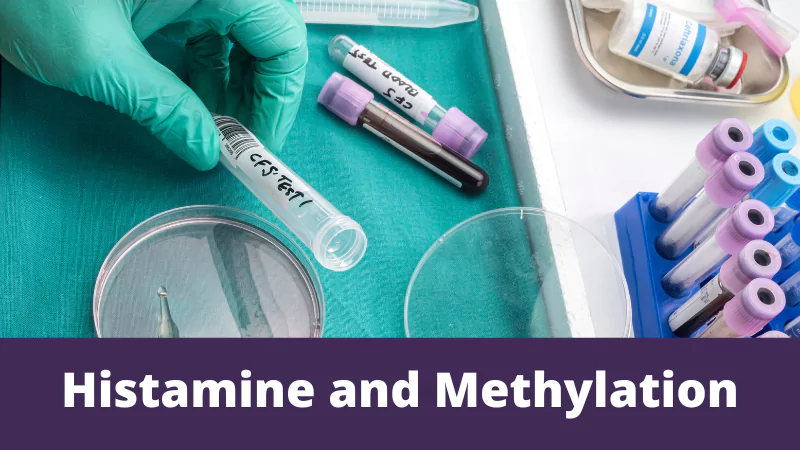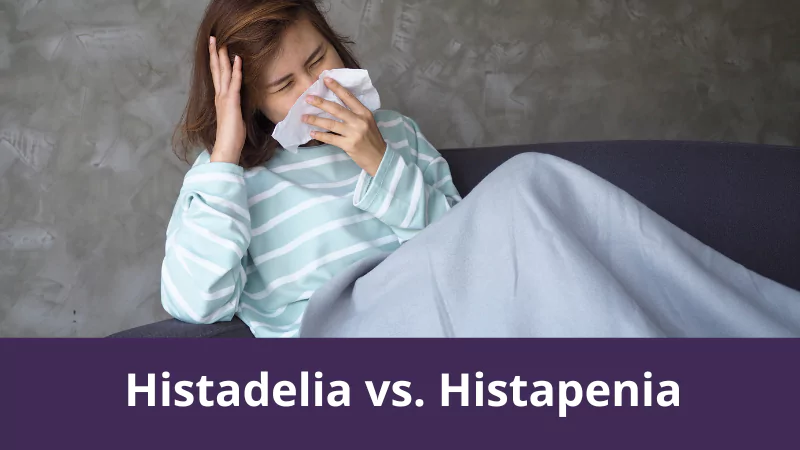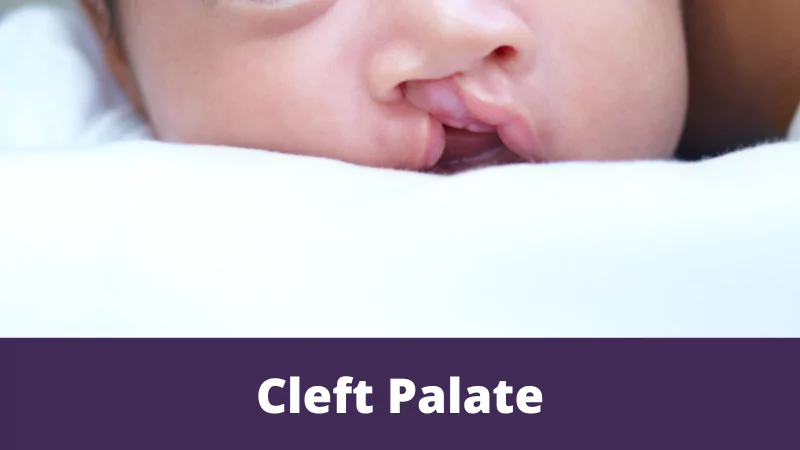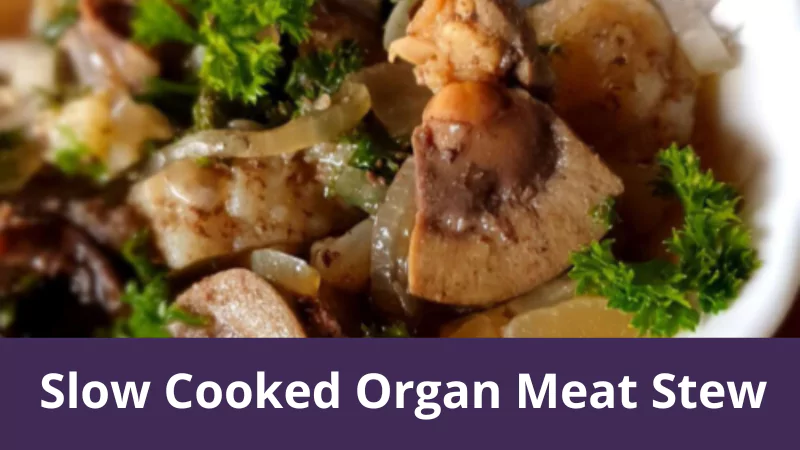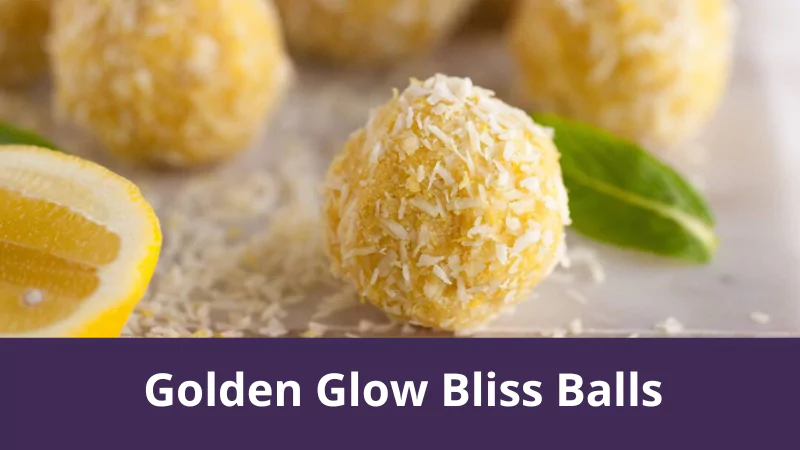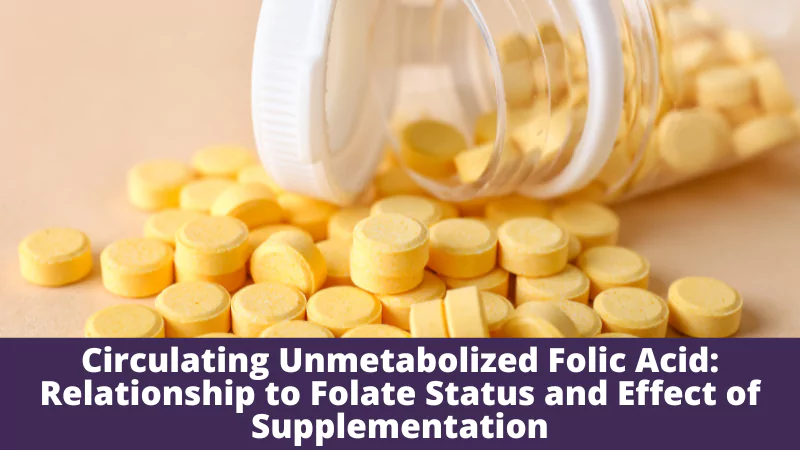Histamine
Histamine is a hydrophilic vasoactive amine derived from histidine through carboxylation by L-histidine decarboxylase1. Histamine, once formed, can be stored or rapidly undergo deamination or demethylation, which is catalyzed by diamine oxidase (DAO) or histamine-N-methyltransferase (HNMT) respectively. IgE antibodies on immune cells cause them to degranulate, releasing specific alkaloids and amines capable of displacing histamine from their vesicles thus stimulating an immune response. In humans, histamine modulates the immune response2 by binding to G protein-coupled histamine receptors.
Histamine has specific receptors (H1-H4) on various body organs such as the brain and stomach which are responsible for specific physiological effects. Histamine induces physiological processes such as vasodilation, sneezing, hypersecretion, nasal congestion, and controlling circadian rhythm, sexual functions and erection, and secretion of hydrochloric acid3.
Mast cell plays a significant role by producing histamine, which is the key mediator of the disease process and clinical presentations such as angioedema, itching, and erythema manageable, asthma by anti-histamines.
Deactivation of Histamine
After the rapid release of histamine from the antibodies against high-affinity IgE receptor (FCER1B), it undergoes rapid deactivation through methylation or deamination to release N-methylhistamine and imidazole acetic acid catalyzed by HNMT or DAO 4. HNMT is present in most animal tissues but DAO only exists in tissues that transport large quantities of substances such as the kidneys, plasma, and intestines.
Histamine Methylation
Histamine undergoes two types of methylation: ring methylation and chain methylation. Ring methylation involves the degradation of the ring tele-nitrogenN-methyltransferase. Chain methylation is the primary histamine catabolism pathway in the central nervous system and in most mammals.
The enzyme N-methyltransferase aids the transfer of donor methyl groups to the histamine N-tele location. This enzyme requires the presence of histamine and the donor of methyl groups such as S-adenosyl L-methionine. The process can be spontaneous “ping pong” or sequential5. Side chain methylation produces NaNa-methylhistamine and Na-methylhistamine that stimulates normal body processes such as the gastric juice secretion. The histamine N-methyltransferase (HNMT) causes inactivation of histamine by transferring the methyl group to NaNa-methylhistamine of the imidazole ring from the S-adenosyl-L-methionine (AdoMet) to produce S-adenosyl-L-homocysteine (AdoHcy) and methylhistamine.
Histamine release and metabolism differ from one individual to another because of the histamine metabolizing enzymes relying on genetic polymorphism. The polymorphism of histamine related enzyme-coding genes such as the DAO (ABP1), HNMT6, and histidine decarboxylase have low frequency of occurrence4. Various genetic and biochemical analysis indicate that the variations in the HNMT activity may produce differences up to 5 fold.
Commonly, C-to-T genetic polymorphism in the HNMT alters specific positions of amino acids at 105 from threonine to isoleucine. The allele Ile105 usually causes a decrease in enzymatic activity of HNMT and immunoreactive proteins. Subsequently, the changes in HNMT activity could increase amine activities and decrease histamine methylation.
SNP affecting histamine and methylation: Example of Asthma
The variations in the genome responsible for the changes in histamine methylation occur in the single nucleotide polymorphism (SNP) at the specific genome with variations 7. The pathophysiologic process of asthma points to SNPs involvement in histamine methylation and variations due to substitutions usually in L-histamine decarboxylase (HDC) gene8. Mast cells stimulate the binding of IgE on FCER1B inducing histamine release via auto-antibodies in an idiopathic disease.
There are four candidate genes: HNMT, histamine H2 receptor (HRH1), histamine H4 receptor (HRH4), and (FCER1B) 11 SNPs of the beta chain responsible for the methylation of histamine9.
Following a study on individuals with asthma, there was a direct association between SNPs and pathogenesis of asthma pathogenesis.
The research proved SNPs also play a significant role in the development and exacerbations of autoimmune disorders. Histamine, being one of the immune modulators, affects the severity and treatment of the disease condition. FCER2 encodes for low affinity IgE receptor and has an association with ICSs and asthma exacerbations. The presence of FCER2 SNPs elevates levels of IgE and an associated with increased severe exacerbations of respiratory compromise. The expression of various SNP haplotypes in various subjects was variable. The HRH4 SNPs (rs527790, rs17187619, and rs487202) had significant differences among asthma patients with others predisposing patients to higher susceptibility to exercise-associated asthma.
The pattern of HRH4 expression in various immune cells influences the immune response by these cells in allergy, asthma and other autoimmune disorders, which forms the basis of therapy. Since there exist a relationship between the pathophysiology of asthma and methylation of histamine, SNPs in HNMT gene influences the risk, exacerbations, and treatment of asthma10.
Summary
Histamine is an immune modulator responsible for autoimmune response and associated disorders and actions of various immune cells. The methylation of histamine, whether chain or ring, depends on the presence of SNP variations among individuals. Asthmatic patients express variants in HRH4 genes that influences the methylation of histamine. However, there are no specific variations associated with the patterns of methylations.
More scientific research is underway to determine this particular physiologic process involving histamine methylation and the SNP variations in various asthmatic patients and other inviduals with various autoimmune disorders.
Watch The Effects of Histamine webinar to learn more.
Bibliography
1Maintz, L., & Novak, N. (January 01, 2007). Histamine and histamine intolerance. The American Journal of Clinical Nutrition, 85, 5, 1185-96
2Mandal, A MD (August, 2016). What is histamine?Life sciences and medicine. Retrieved on 21 August, 2016 from http://www.news-medical.net/health/What-is-Histamine.aspx
3White, M. V. (January 01, 1990).The role of histamine in allergic diseases. The Journal of Allergy and Clinical Immunology, 86, 4, 599-605.
4Ganellin, C. R., & Parsons, M. E. (2013). Pharmacology of Histamine Receptors.Burlington: Elsevier Science.
5Chung, K. F., & Barnes, P. J. (2010). Pharmacology and therapeutics of airway diseases. New York: Informa Healthcare
6Szczepankiewicz, A., Bręborowicz, A., Sobkowiak, P., &Popiel, A. (January 01, 2010). Polymorphisms of two histamine-metabolizing enzymes genes and childhood allergic asthma: a case control study. Clinical and Molecular Allergy :Cma, 8.
7Horton, J. R., Sawada, K., Nishibori, M., Zhang, X., & Cheng, X. (January 01, 2001). Two polymorphic forms of human histamine methyltransferase: structural, thermal, and kinetic comparisons. Structure (london, England : 1993), 9, 9, 837-49.
8Agúndez, J. A. G., Ayuso, P., Cornejo-García, J. A., Blanca, M., Torres, M. J., Doña, I., Salas, M., …Ryffel, B. (November 12, 2012). The Diamine Oxidase Gene Is Associated with Hypersensitivity Response to Non-Steroidal Anti-Inflammatory Drugs. Plos One, 7,11.)
9Choi, J.-H., Kim, S.-H., Suh, C.-H., Nahm, D.-H., & Park, H.-S.(2005). Polymorphisms of High-Affinity IgE Receptor and Histamine-Related Genes in Patients with ASA-Induced Urticaria/Angioedema. Journal of Korean Medical Science, 20(3), 367–372. http://doi.org/10.3346/jkms.2005.20.3.367
10Simon, T., Semsei, A. F., Ungvári, I., Hadadi, E., Virág, V., Nagy, A., Vangor, M. S., …Falus, A. (January 01, 2012). Asthma endophenotypes and polymorphisms in the histamine receptor HRH4 gene. International Archives of Allergy and Immunology, 159,2, 109-20.

